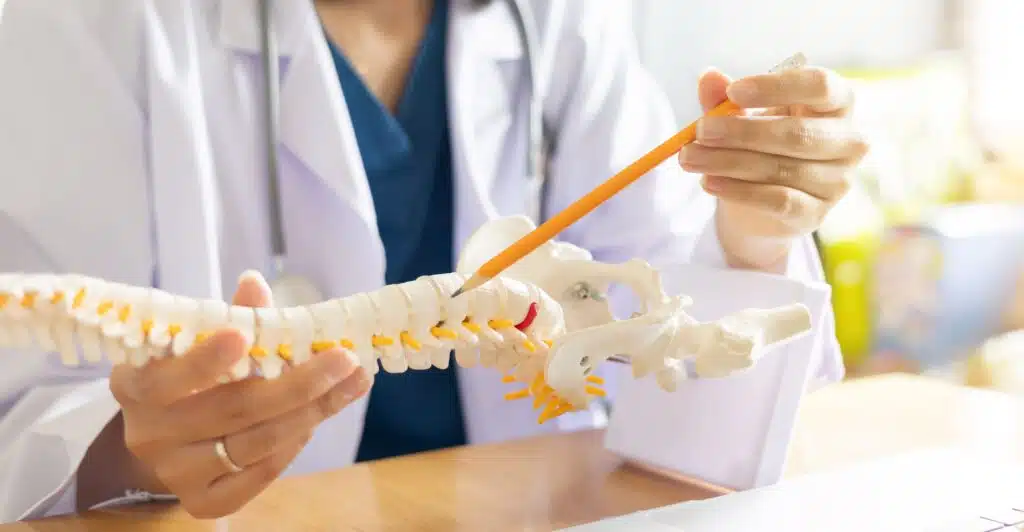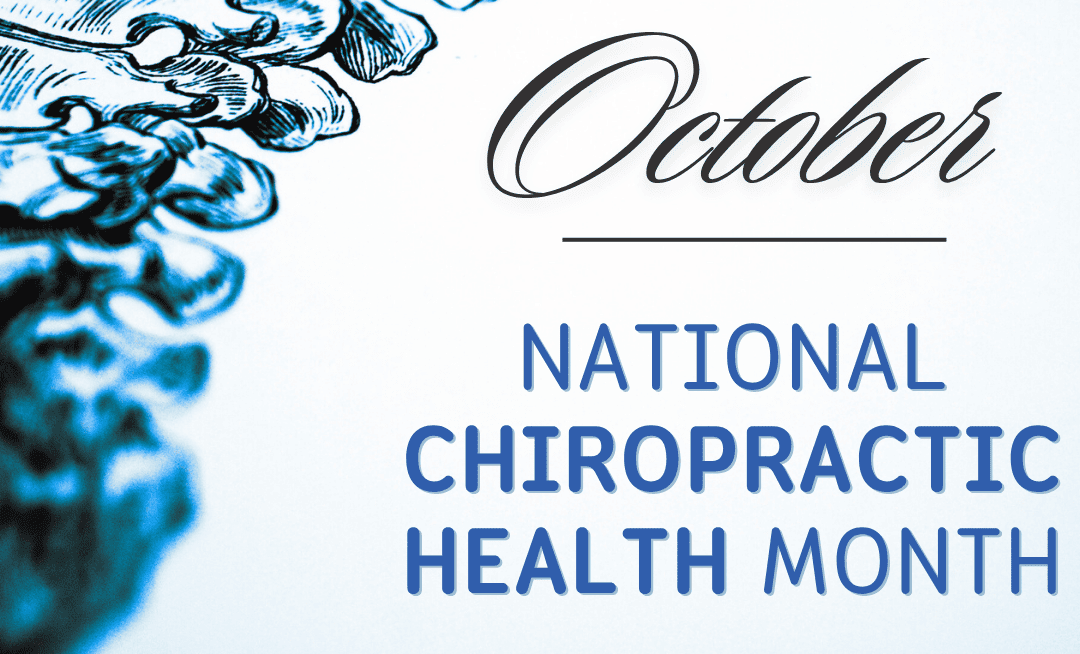Cracking the Truth: How Chiropractic Care Can Support a Holistic Pain Management Plan
Every October, National Chiropractic Health Month invites us to take a fresh look at spinal health and how chiropractic care fits into the bigger picture of wellness and pain management. The clinicians at iSpine want to reflect this month on when and why they might recommend including chiropractic care in their pain management plans.
What Is Chiropractic Care, Really?
Chiropractic care is a non-invasive, drug-free approach to diagnosing and treating musculoskeletal disorders, especially those related to the spine. Chiropractors focus on restoring proper alignment, reducing pressure on nerves, improving joint mobility, and supporting the body’s natural ability to heal.
It’s not just about “cracking your back”—though spinal manipulation is a core tool. Chiropractic care can also involve soft tissue work, lifestyle counseling, posture education, exercise guidance, and collaboration with other healthcare professionals.
Many people turn to chiropractors for relief from:
- Low back pain
- Neck pain
- Headaches and migraines
- Sciatica
- Joint pain
- Sports injuries
- Muscle stiffness and poor posture

Common Chiropractic Modalities
Chiropractic care isn’t one-size-fits-all. Chiropractors have a variety of tools and techniques, and when the iSpine team incorporates them into your pain management plan, we can tailor their treatment approach based on your body, your pain, and your preferences. Here are some of the most common options:
- Spinal Adjustments (Manual Manipulation)
This is the classic “chiropractic move”—using hands (or sometimes tools) to apply a controlled force to a spinal joint. This helps improve mobility, reduce pain, and restore alignment. You might hear a “pop” (that’s just gas releasing from the joint—it’s harmless and not always necessary for the adjustment to be effective). - Instrument-Assisted Adjustments
For those who prefer gentler techniques, chiropractors can use tools like the Activator—a spring-loaded device that delivers quick, low-force impulses to specific areas. - Soft Tissue Therapy and Therapeutic Exercises
Similar to the physical medicine services at iSpine, some chiropractors offer techniques like trigger point therapy, myofascial release, or Graston technique (a tool-assisted soft tissue mobilization) to relieve muscle tension and break up scar tissue. Your chiropractor might prescribe stretches or strengthening exercises to stabilize your spine and support healing between visits. - Postural & Ergonomic Counseling
Since so many pain issues stem from how we sit, stand, or sleep, chiropractors often give tips on workstation setup, pillow choices, lifting techniques, and daily movement habits. - Electrical Stimulation & Ultrasound
Some clinics use additional modalities like TENS (transcutaneous electrical nerve stimulation) or ultrasound therapy to reduce inflammation and pain.
Chiropractic Care & Integrative Pain Management
When you’re working with a holistic pain management specialist like those at iSpine, chiropractic care doesn’t have to be an either/or choice. In fact, it often works best as part of a multidisciplinary pain management plan. Chronic or complex pain rarely has a single solution—so combining different approaches can offer deeper, longer-lasting relief.
Let’s take a look at how chiropractic care can complement the treatments we offer:
Chiropractic + Physical Therapy
Physical therapists and chiropractors often share common goals—restoring function, reducing pain, and improving movement—but they take slightly different approaches.
- Chiropractors focus on joint alignment, the spine–nervous system connection, and manual adjustments.
- Physical therapists tend to focus on muscle imbalances, mobility, and movement re-education through exercise.
Together, they can create a powerhouse of support. For example, a chiropractor might perform spinal adjustments to relieve pressure, while a physical therapist teaches exercises to keep everything in alignment between visits.
Chiropractic + Injections
Pain-relieving injections (like corticosteroids, nerve blocks, or PRP) can calm down inflammation or interrupt pain signals. But injections alone don’t always address the underlying structural issues that caused the pain in the first place.
That’s where chiropractic care can come in—to help restore alignment and improve biomechanics after inflammation is reduced. Many of our patients see a chiropractor after receiving an injection to help extend the effects and address the root cause of their discomfort.
Chiropractic + Neuromodulation
Neuromodulation—like spinal cord stimulators or implanted nerve devices—is often used for people with severe, treatment-resistant pain. While this is usually a more advanced step in the pain care journey, some patients continue with conservative treatments (like chiropractic) even after getting a device implanted.
As long as it’s done safely and your care team is in communication, chiropractic adjustments can be modified to support the spine around the stimulator site, or soft tissue therapies can be used elsewhere on the body.
Chiropractic + Medication Management
Our clinicians know that medication, especially for chronic pain, needs to be used thoughtfully. While meds can help reduce symptoms in the short term, they rarely fix the structural or mechanical causes of pain.
By combining medication with chiropractic adjustments, patients may be able to:
- Use fewer meds
- Reduce side effects
- Rely less on opioids
- Improve physical function
The goal is never just to “mask the pain,” but to reduce dependency on medications while improving quality of life.
When we Recommend Chiropractic Support for Pain Management—and When we Won’t
Chiropractic care is generally safe and effective for many people—but it’s not for everyone. We won’t recommendspinal manipulation if you have:
- Severe osteoporosis
- Spinal cancer or tumors
- Advanced spinal instability
- Uncontrolled neurological conditions
The Bottom Line
Chiropractic care is much more than a back crack. It’s a holistic, hands-on approach to improving how your body feels and functions—and when integrated with the other pain management strategies iSpine Clinics employs, it can play a powerful role in healing and recovery.
This National Chiropractic Health Month, consider exploring how chiropractic care fits into your own wellness routine. Whether you’re dealing with nagging back pain, recovering from injury, or just wanting to move better as you age, the right chiropractor might be just the partner you need.
Curious if chiropractic care is right for you? Set up a consultation with an iSpine Clinic pain management specialist. We can help develop a comprehensive plan to alleviate your issues and put you back on track. Pain might be common—but suffering doesn’t have to be your default.


